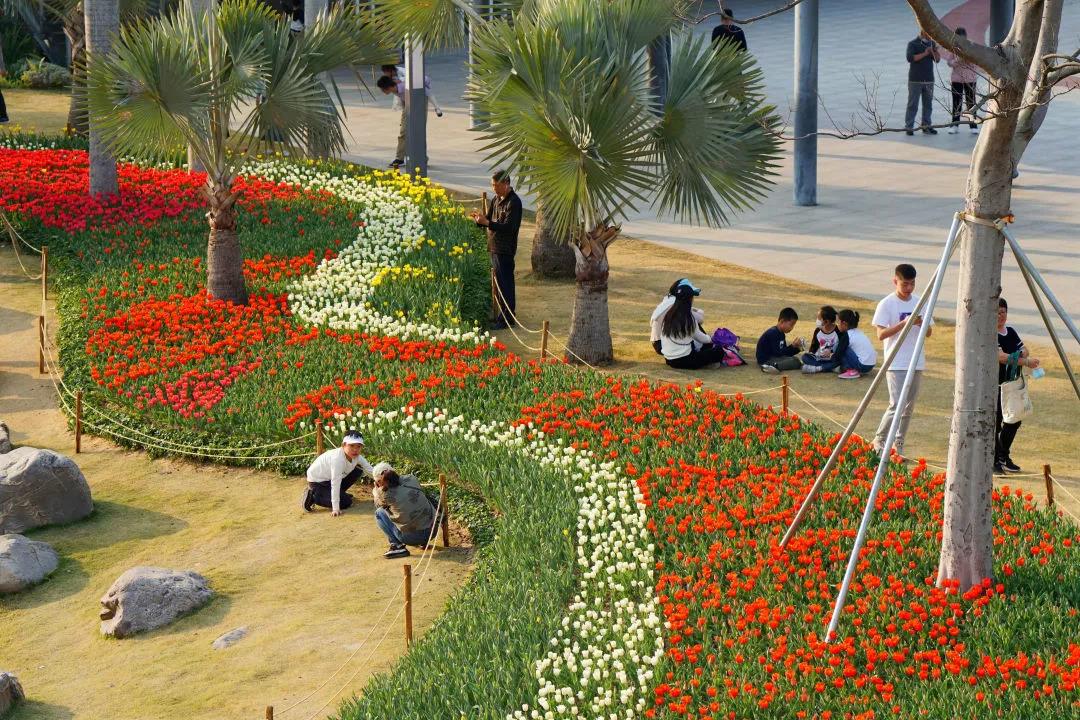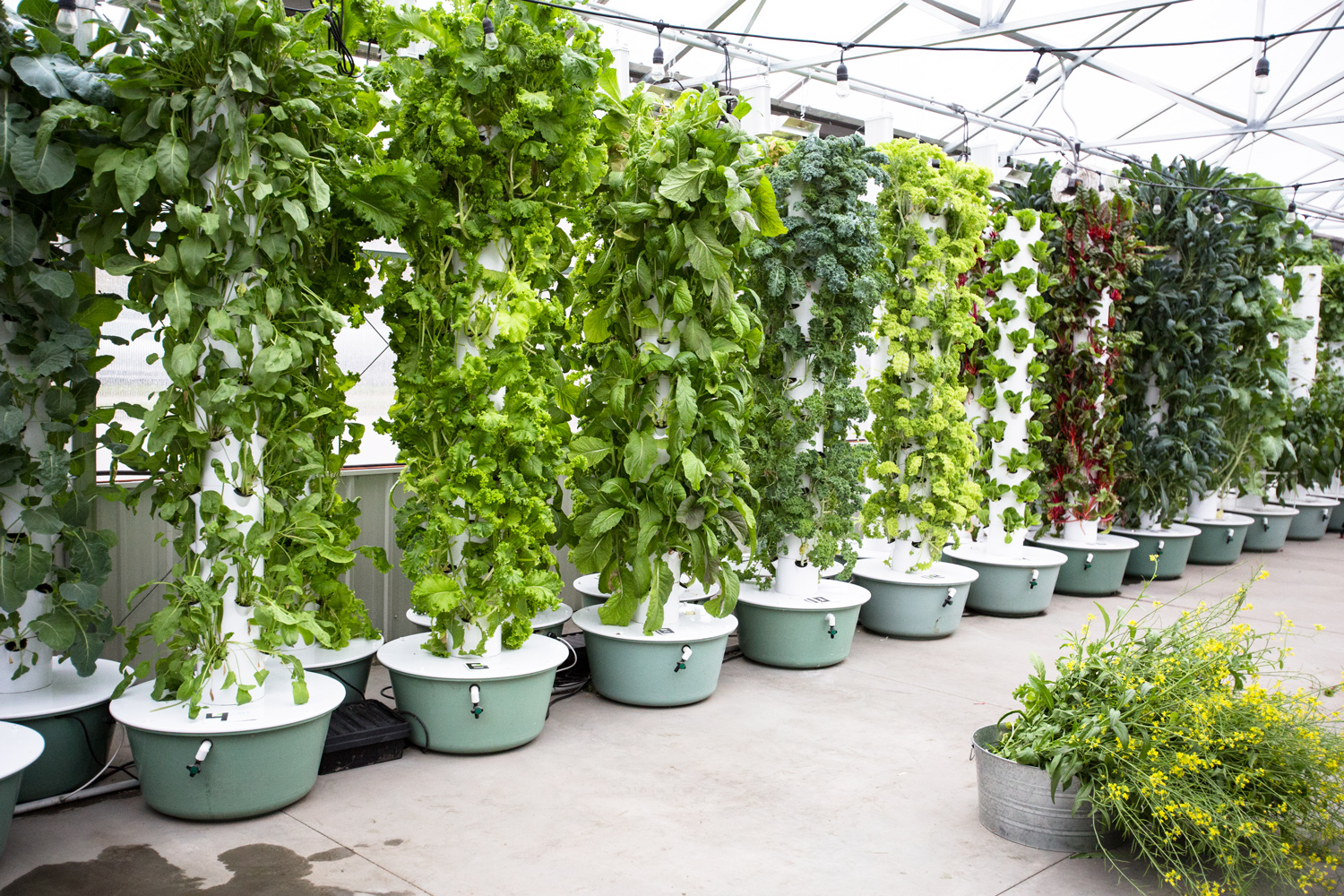Introduction
In modern cities, people rely heavily on supermarkets and long-distance food transportation, often forgetting where their food comes from. However, urban agriculture is changing this situation. It allows people to grow food within the city, increasing food security and reconnecting with nature. From rooftop farms to vertical farming, urban agriculture has already been successfully implemented in cities like Brooklyn Grange in New York, Sky Greens in Singapore, and the community farm in Shenzhen’s Xiangmi Park. This blog will explore the benefits of urban agriculture, different practical methods, and their principles, combined with real-world examples.
Benefits of Urban Agriculture
(1) Food Security and Sustainability: Urban agriculture reduces the need for long-distance transportation, ensuring fresher and more traceable food. For example: in Oosterwold, Netherlands: Residents are required to use 50% of their land for food production, promoting sustainable urban farming.


(2) Stronger Community Engagement:Gardening together encourages social interaction and improves neighborhood relationships. For example: Sunqiao Urban Agricultural District in Shanghai hosts farming events where residents can participate in planting and harvesting.

(3) Environmental Improvement:Urban agriculture can help reduce the urban heat island effect and improve air quality. For example: Xiangmi Park in Shenzhen integrates farming activities with public spaces, offering both ecological benefits and community engagement opportunities.


Suitable Urban Agriculture Methods and How They Work
(1) Rooftop Farming
How it works:
Rooftop farms make use of available building rooftops to grow crops, using lightweight soil or hydroponic systems. They also include rainwater collection and drip irrigation systems to save water.

Example:
- Brooklyn Grange (New York, USA): One of the largest rooftop farms in the world, producing over 50 tons of fresh vegetables every year.
- The farm uses lightweight growing media like coconut coir and perlite to reduce the building’s load and drip irrigation to minimize water waste.
(2) Community Gardens
How it works:
Community gardens are shared spaces where residents can cultivate their own food. They follow a land-sharing model, with each participant responsible for their own plot. Many gardens use organic composting and rainwater collection to ensure sustainability.
(3) Vertical Farming
How it works:
Vertical farming uses multi-layered structures to maximize food production in small spaces. It often involves hydroponics (growing in nutrient-rich water) or aeroponics (spraying misted nutrients onto plant roots). LED lights replace sunlight for year-round growth.
Example:
- Sky Greens (Singapore): Uses rotating hydroponic towers to maximize yield in a small area, reducing water usage by 70%.
- Aeroponics allows plants to grow faster while using less water by misting the roots with nutrients.
(4) Balcony & Indoor Gardening
How it works:
Individuals can use container gardening (pots, boxes) or vertical green walls to grow plants at home. Automatic watering systems help make gardening easier.
Example:
 (5) Hydroponics & Aeroponics
(5) Hydroponics & Aeroponics
How it works:
- Hydroponics: Plants grow in a nutrient solution instead of soil.
- Aeroponics: Plant roots hang in the air and receive nutrients through a fine mist, reducing water usage.
Example:
- Bustanica Indoor Farm (UAE): The world’s largest hydroponic farm, using 90% less water than traditional farming.
Future Prospects and How to Get Involved
(1) Government Policies
- More support is needed, such as providing public land for farming.
- Singapore’s Community in Bloom program offers urban residents shared spaces for farming.
(2) Community Participation
- More events and workshops should be organized to increase public interest.
- Open farms could allow residents to visit and participate at any time.
(3) Business Collaboration
- Strengthening farm-to-table supply chains can reduce food costs and improve sustainability.
- Brooklyn Grange (New York) partners with restaurants to supply fresh organic produce.
Conclusion
Urban agriculture is not only about food production but also about sustainability, community, and environmental improvement. Successful cases, from rooftop farms in New York to vertical farms in Singapore and community gardens in Shenzhen, show how cities can integrate agriculture into daily life. By learning from these examples, we can bring farming back to the city and make urban environments greener and healthier.





